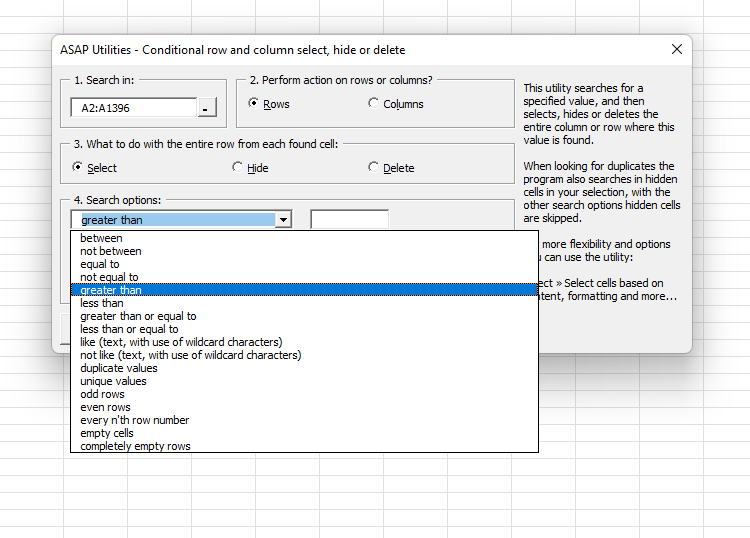

Example 4: Highlight Alternate Rows (creating Zebra Lines) Note that this is now dynamic, which means that if you change the dataset, it will automatically highlight the cells that contain duplicate values. This will highlight all the instances when there are duplicate values.
Enter the following formula in it: =COUNTIF($A$2:$A$11,A1)>1. In the ‘Format cells if’ drop down, select ‘Custom formula is’ option. In the Conditional Format rules, select ‘Single Color’. To highlight all the instances of duplicate occurrence, follow the below steps: Suppose you have a dataset as shown below.Īs you can see there are duplicates in this list. To highlight duplicate data points in Google Sheets, you can use the custom function feature in conditional formatting. Example 3: Highlight All Instances of Duplicate Data Points This will create a heat map with the gradient shown based on the value in the cell. In this case, I am selecting the red to green gradient. While selecting the gradient here, you can also see a live preview in the data set. Note that the color on the left of the gradient is applied to the lower value numbers and one of the higher side is applied to the higher value numbers. In the Preview drop-down, select the gradient you want. In the Conditional formatting rules pane, select ‘Color scale’. Select the data set in which you want to create the heat map. Here are the steps to create the heat map using the exam scores: Taking the same data set as in Example 1, let’s see how to create a heat map in Google Sheets using Conditional Formatting.Ī heat map would show a gradient of colors based on the values in the cells (something as shown below)

This would instantly highlight all the cells with a score less than 35 in red color (as shown below).Įxample 2: Create a Heatmap Using the Scores In this case, let me select the red color. You can choose from the default ones or create your own.
A new field would appear right below the drop down. In the ‘Format cells if’ drop down, select Less than. Make sure ‘Apply to range’ refers to the correct range. In the Conditional formatting pane, make sure ‘Single color’ is selected. Select the cells (B2:B16 in this case). Suppose you have the data set as shown below and you want to quickly highlight the cells where the score is less than 35. You May Also Like the Following Tutorials:. Example 7: Highlight Cells that Contain the Searched String. Example 4: Highlight Alternate Rows (creating Zebra Lines). Example 3: Highlight All Instances of Duplicate Data Points. Example 2: Create a Heatmap Using the Scores. Example 1: Highlight Scores less than 35. Conditional Formatting in Google Sheets – Examples. How to Access Conditional Formatting in Google Sheets. Here are some practical examples of using conditional formatting in Google Sheets. Conditional Formatting in Google Sheets – Examples For example, a score of 34 would be a lighter shade of red and 10 would be a darker shade of red. ‘Color scale’ can be used when you also want to visually present the difference between the values in the cells. In this case, irrespective of whether the score is 34 or 10, both will be highlighted with the same color. For example, I can use this to highlight all the cells with scores that are less than 35. ‘Single color’ can be used when you want to highlight all the cells based on the value. Now there are two options available to you when you use conditional formatting in Google Sheets: This opens the ‘Conditional format rules’ pane on the right that you can use to set the rules. How to Access Conditional Formatting in Google SheetsĬonditional formatting can be accessed by going to Format → Conditional Formatting. Similarly, you can use many such conditions (as we will see later in this tutorial) to highlight cells based on the value in it. Conditional Formatting in Google Sheets can be used to highlight/format cells based on the values in it.įor example, if you have the scores of 50 students in a subject, you can quickly highlight the students who have scored less than 35 in the exam.






 0 kommentar(er)
0 kommentar(er)
